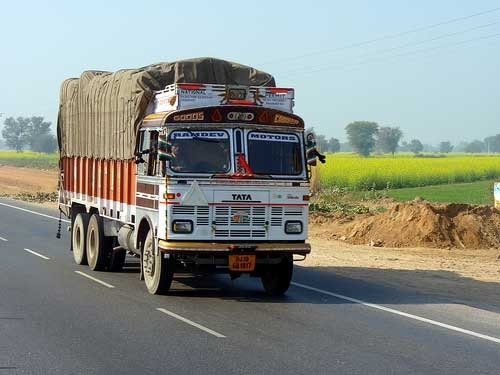Unveiling the Downsides of AI in Transportation: Navigating the Challenges Ahead
3 min read
Artificial Intelligence (AI) has revolutionized the transportation industry, offering numerous benefits such as improved efficiency, enhanced safety, and optimized resource allocation. However, it is crucial to acknowledge that AI in transportation is not without its drawbacks. In this article, we delve into the disadvantages of AI in transportation, shedding light on the challenges that arise from its implementation and exploring potential solutions.
- Reliance on Data and Connectivity:
One significant disadvantage of AI in transportation is its heavy reliance on data and connectivity. AI systems require vast amounts of real-time data to make accurate predictions and decisions. In scenarios where data is limited or unreliable, such as in remote areas or during network outages, the effectiveness of AI algorithms may be compromised. Additionally, the dependence on connectivity introduces vulnerabilities to cyber threats, potentially leading to system failures or unauthorized access. - Ethical Considerations and Decision-Making:
AI-powered transportation systems raise ethical concerns regarding decision-making algorithms. In critical situations, such as autonomous vehicles encountering unavoidable accidents, determining the appropriate course of action becomes a complex moral dilemma. Programming AI to make ethical decisions that align with societal values and legal frameworks poses a significant challenge. Striking the right balance between protecting human life and minimizing property damage requires careful consideration and ongoing refinement of AI algorithms. - Job Displacement and Workforce Transition:
The integration of AI in transportation has the potential to disrupt the job market. As automation and autonomous systems become more prevalent, certain job roles may become obsolete or require significant reskilling. For example, the widespread adoption of self-driving vehicles could impact professional drivers, leading to job displacement and the need for workforce transition programs. Addressing these challenges necessitates proactive measures, such as providing training and support for affected workers to adapt to new roles in the evolving transportation landscape. - Privacy and Data Security:
AI in transportation relies on the collection and analysis of vast amounts of personal data, including location information, travel patterns, and user preferences. Ensuring the privacy and security of this data is of utmost importance. Unauthorized access or data breaches can have severe consequences, including identity theft and misuse of personal information. Striking a balance between utilizing data for AI-driven improvements and safeguarding individual privacy requires robust data protection measures, transparent data governance frameworks, and strict adherence to privacy regulations. - Limited Adaptability and Unforeseen Circumstances:
AI systems excel in well-defined and predictable environments. However, transportation often involves dynamic and unpredictable situations, such as extreme weather conditions, road construction, or accidents. AI algorithms may struggle to adapt to these unforeseen circumstances, potentially leading to suboptimal decision-making or system failures. Developing AI systems that can effectively handle complex and rapidly changing scenarios remains a significant challenge for the transportation industry.
Conclusion:
While AI brings remarkable advancements to the transportation industry, it is essential to acknowledge and address its disadvantages. Overcoming challenges related to data reliance, ethical decision-making, job displacement, privacy, and adaptability will be crucial for the successful integration of AI in transportation. By proactively addressing these issues, we can harness the potential of AI while ensuring a safe, efficient, and sustainable transportation ecosystem for the future.
